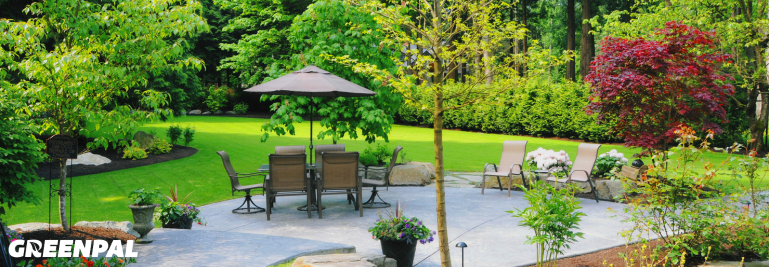Dealing With Pooling Water: Grading and Soil Fixes Every Landscaper Should Know
When a homeowner posts a photo of a backyard that looks more like a pond than a lawn, every pro has an opinion. So we went straight to the pros to see what really works.
We gathered responses from dozens of pros with advice on how to deal with pooling water in homeowner yards. From simple soil fixes to full drainage installs, there's a solution here for every situation you may encounter. Here's how any landscaper can stop pooling water for good.
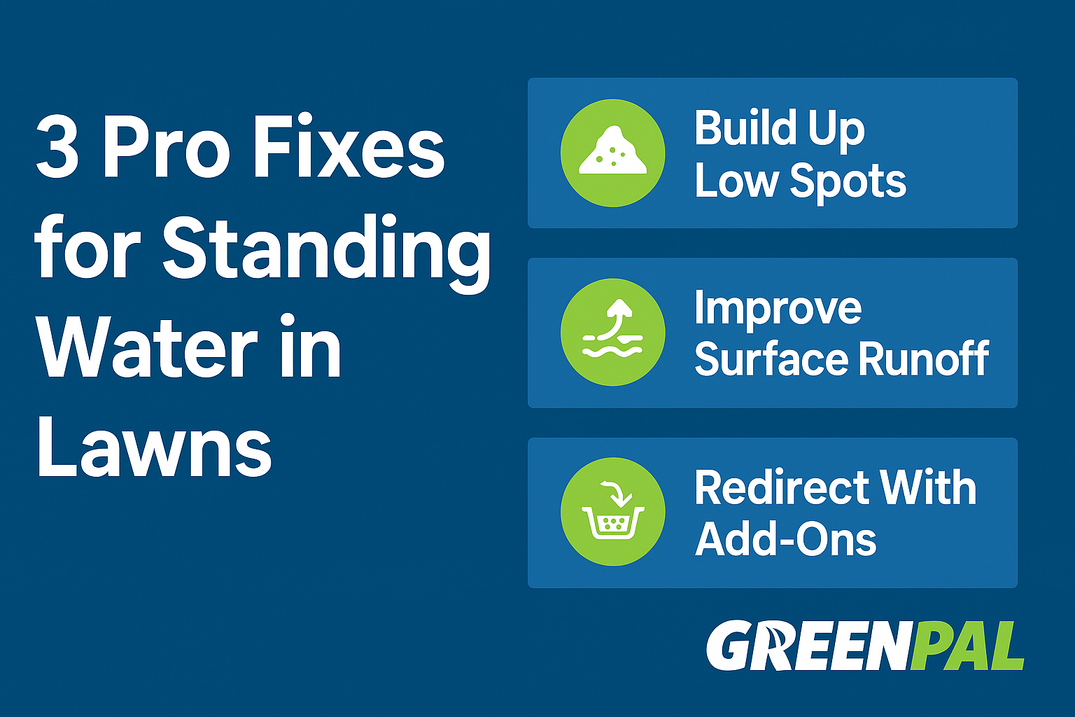
1. Start With the Real Cause: Compaction and Slope
Most pooling issues come down to two things: compacted soil and improper grade.
Heavy equipment, delivery trucks, and even routine mowing on wet ground can crush the soil structure, sealing off natural drainage channels. Once that happens, water has nowhere to go.
Before bringing in soil, grab a level or string line and check your slope. A healthy lawn should have a 1–2% grade (about 1–2 inches per 10 feet) sloping away from the home or walkway. Even minor dips can hold water for days.
Pro tip: If you see a shiny surface layer after rain, it’s not just low — it’s compacted. Break it up with an aerator or tiller before adding anything new.
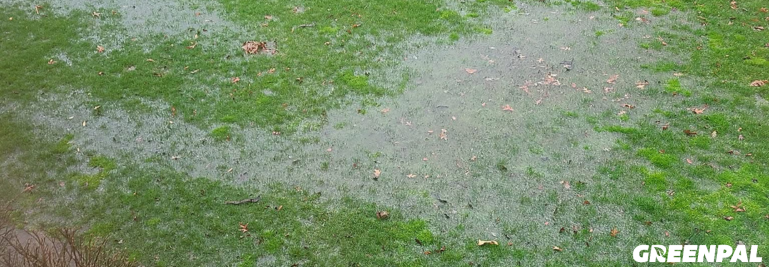
2. Choose the Right Fill Mix
You can’t fix drainage with just any dirt. A good fill mix should match the yard’s existing soil type while improving drainage.
Sandy or loamy soil: Use a topsoil-compost mix (around 3:1) to add structure and hold nutrients.
Clay soil: Mix in coarse sand or expanded shale to promote percolation.
Heavy traffic areas: Use crushed stone base (¾-inch minus) topped with 4–6 inches of topsoil to prevent future sinking.
In one example from New Jersey, the pro estimated about 8 yards of fill to rebuild a 20-foot patch. That’s a solid approach but add it gradually. Fill 2–3 inches at a time, lightly compact with a roller or water drum, and let it settle before adding more.
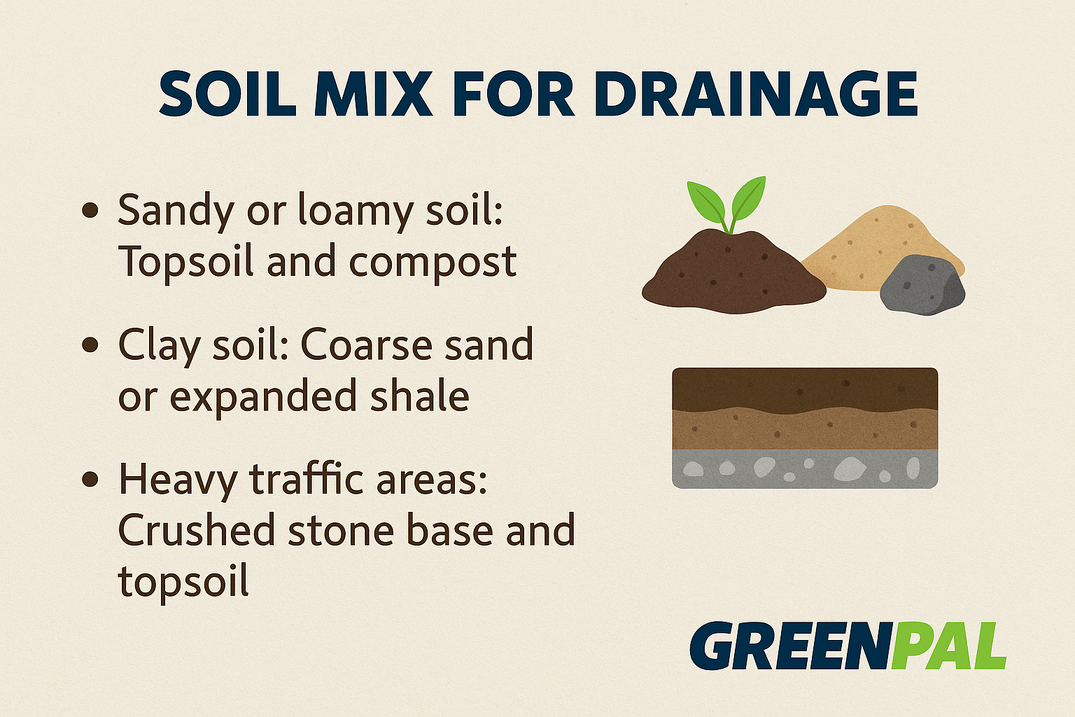
3. Re-establish Proper Grading
Grading doesn’t need to mean a full lawn overhaul. Often, you just need to feather the new soil out about 10–15 feet beyond the low area so the transition looks natural.
A landscape rake or skid steer attachment can make this much faster, but for small residential lawns, a straight 2×4 and a level are often all you need. When finished, run water from a hose to check flow — it should move away from the house, not sit or back up.
If water still collects, there may be an underground hardpan layer that needs breaking up with a core aerator or spade fork before reseeding.
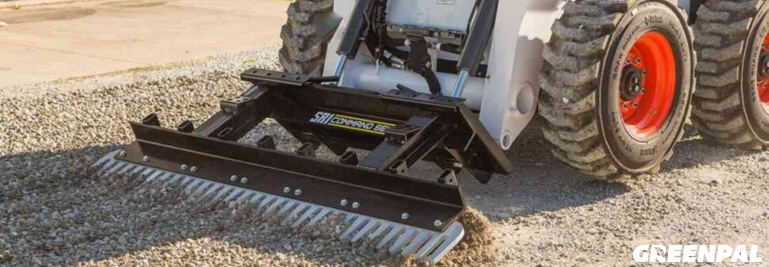
4. Drainage Alternatives
Not every client wants a French drain, and that’s fine. You can still offer solutions that redirect water naturally:
Catch basins and swales: Ideal for moderate pooling areas. Grade a shallow channel that guides runoff toward the street or garden beds.
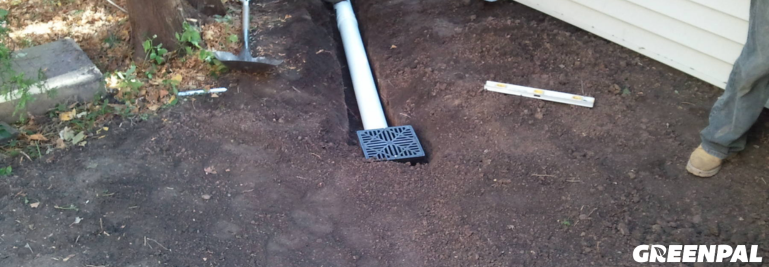
Dry wells: Perfect for sandy soils like in New Jersey. Use a gravel-filled pit wrapped in landscape fabric to hold and disperse excess water.
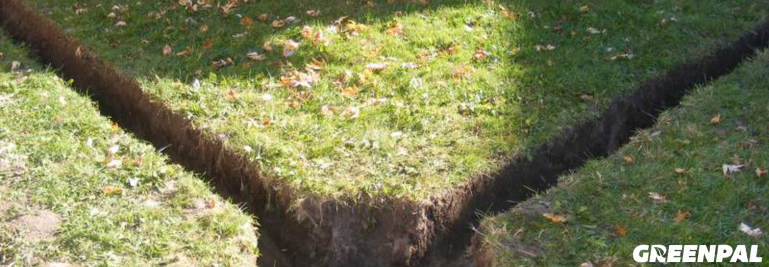
Surface redirection: Sometimes simply re-grading toward a lower corner of the yard solves the issue without any pipework.
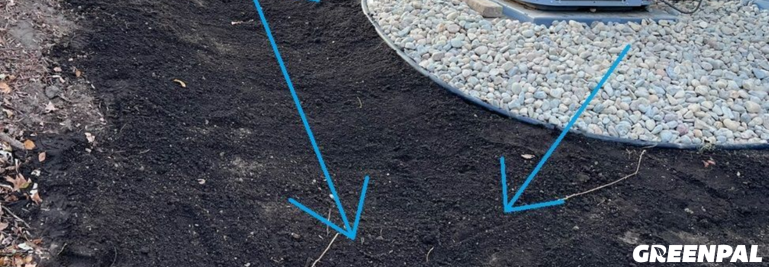
Each of these adds value to your service menu — especially when a customer wants results without visible trenching or high labor costs.
5. What the Pros Are Saying
Not every professional is going to dive in and deal with homeowner issues related to pooling water, here are some of the responses we saw across the survey:
“Bring in some dirt and build it up, or trench it and redirect H₂O.”
“Catch basin, re-route the water.”
“Ignore it if it’s just seasonal.”
“Mow higher and you won’t see it.”
And while those comments might sound simple, they represent the full spectrum of pro opinion — from quick cosmetic fixes to full restoration work.
If you’re managing multiple residential accounts, these are the kinds of issues that separate casual lawn crews from trusted property maintenance partners. Being able to diagnose and fix minor drainage problems keeps clients loyal (and keeps you top of mind when they’re ready for bigger projects).
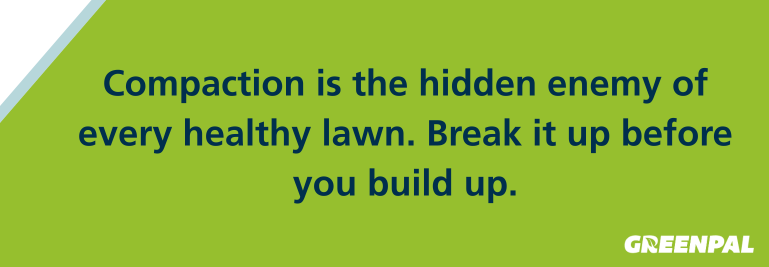
Final Takeaway
Pooling water isn’t just a homeowner's headache — it’s a business opportunity. A few yards of topsoil, some smart grading, and a compactor can turn a soggy lawn into a loyal long-term client.
Whether you add “grading and soil repair” as a seasonal upsell or offer it as part of your spring prep packages, every job like this builds credibility — and better margins. If you need more consistent lawn care clients in your area, join GreenPal. You'll get matched with nearby homeowners who already need regular mowing, yard cleanup, and landscape repair. You focus on doing great work — we handle the scheduling and payments.






